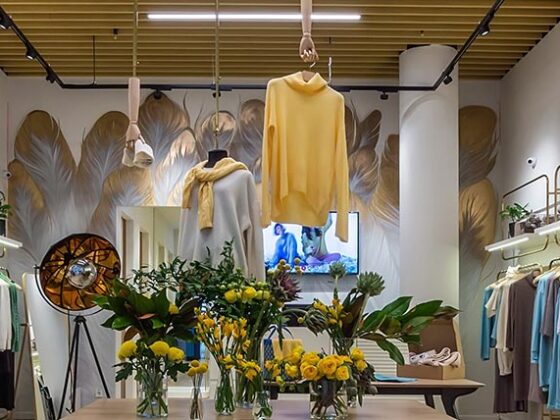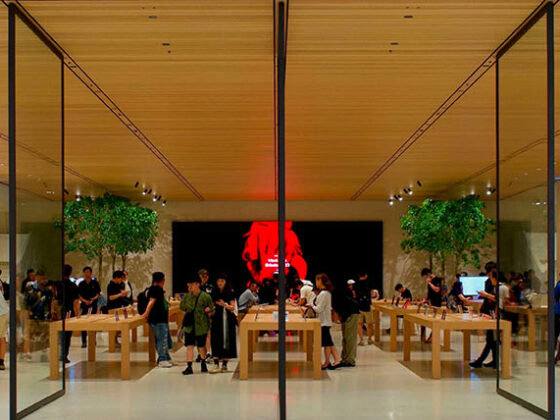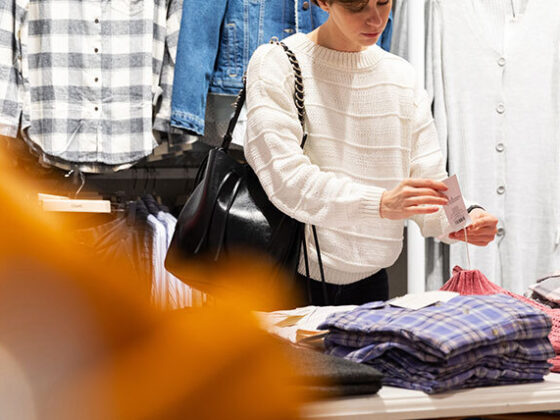Once upon a time, when a store launched, there was a flagship on 5th Avenue in New York City that served as the prototype store. From there, a standard cookie-cutter rollout of smaller, but similar, stores proliferated across the country as the brand grew. In fact, it became so cookie-cutter that it led our CEO, Carrie Barclay, to write about the threat of retail homogeny in 2017.
As Carrie wrote then, homogeny is for milk, not for retail. Today, those prescient words are proving themselves again and again.
Time to Toss Out the Recipe Book
There is no cookie-cutter roll out anymore. In fact, without the right data, it’s hard to know where to locate a new retail store, let alone the design that should be implemented.
You might instinctively think New York City is where you need to be, but the data may point to better success in Indianapolis.
Most retailers vying for today’s customers must be able to deliver a hyper-personal, customized experience that is different in every location. The store a brand opens in Buffalo, New York simply cannot be the same store as the one in Raleigh, North Carolina.
Retail Location Strategy and Store Design Are Intertwined
Today’s retail location strategy and store design must be relevant and deliberate. Rollout is a complex dance where every store is now a prototype.
As retailers try to control the cost of building, sourcing materials from the local area is a smart approach, but that means different material boards for each region; styles and materials for stores in the Pacific Northwest will be different from those in the Midwest.
Rather than see this as another wall barring retail growth, brands can embrace the opportunity to use location, materials, and product mix together as a way to provide a unique experience in every store. Not only do local customers appreciate the local feel, but travelers enjoy going into to a store they love in a different location and noticing local or regional differences in the retail environment.
“Don’t go too quickly. Take it slow. You don’t need to go from 0 to 20 stores in a year—especially if you’re just starting out. You don’t have to commit to rolling something out across the entire fleet. Give yourself the chance to evaluate what works and what doesn’t. How does it work for the staff? Customers? What if we can’t duplicate it? Or if you must change it for every single store? Someone needs to be the keeper of the standards and organization, and that’s where we step in,” says Jennifer Crawford, Senior Project Manager at ASG.

Opportunity to Meet Customers Where They Are
Post-pandemic, consumers are shopping closer to home, but they still seek unique and memorable experiences when shopping in person – and they do love to shop in person. These factors are shifting location strategies for retailers, leading to store openings outside of the typical launch areas – and introducing unique store designs for certain neighborhoods and college campuses.
“You can maintain a national footprint and effectively leverage regional and localized design. Bringing these strategies to scale can be a differentiator for retailers who want to thrive, not just survive.”
—Carrie Barclay, President and CEO of ASG
When assessing retail spaces, location data emerges as a distinct form of insight, capable of revealing unexplored opportunities for every potential location. This data explores more than just traffic patterns, structures, and roadways. In addition to all that information, it also reveals extensive demographic data about the consumers living in the area, including median income, home values, and more.
With data-driven insights, brands can test a variety of different prototypes to see what works where. Small-format stores and flagships can benefit from the insights that give a human touch to the brand.

How Are Brands Repositioning?
Retailer solebox is a shoe company in which every location is specifically designed for where it’s located. Their website explains, “The stores all have their own design concept and stand for themselves – what connects them is the carefully curated assortment. The latest sneakers, streetwear from different continents but also some pieces from the high fashion world can be found at solebox.”
Jeni’s is a popular ice cream shop with more than 25+ locations. Travelers love seeking out Jeni’s in the towns they visit because they know they’ll find something different at each location. Jeni’s has developed a winning strategy of choosing a location, like Congress Street in Austin, Texas, and then creating flavors based on the local market. They also appeal to customers’ desire for sustainability and inclusivity by using Direct Trade ingredients, employing a diverse team of people, and working to improve our environmental and social impact.
“People go on first dates at Jeni’s Scoop Shops, people get proposed to, and have their weddings with us…Our customers send our ice cream for Mother’s Day, bereavement gifts, and anniversary gifts. We are a part of people’s lives,” said Chelsea Clements, former director of ecommerce at Jeni’s, to ShopperHQ.
American clothing and accessory retailer Vineyard Vines was founded in 1998 on Martha’s Vineyard by brothers Shep & Ian Murray, who still lead the company. They now operate more than 70 retail locations, including an outlet division, a successful e-commerce business, a domestic distribution center, and expanding corporate headquarters. Shep & Ian’s philosophy that “every day should feel this good” and “if you’re doing what you love, you’ll be successful” is a major part of their brand. In 2020, they reevaluated their location strategy and, working with ASG, discovered that the brand does best along the coastlines.
To compete effectively for today’s experience-driven consumer, retailers must toss out their old playbooks and develop location and design strategies that connect with consumers where they are. The traditional store prototype is dead; now, every store is a prototype that allows the brand to learn more about what customers want and fine-tune their approach.




